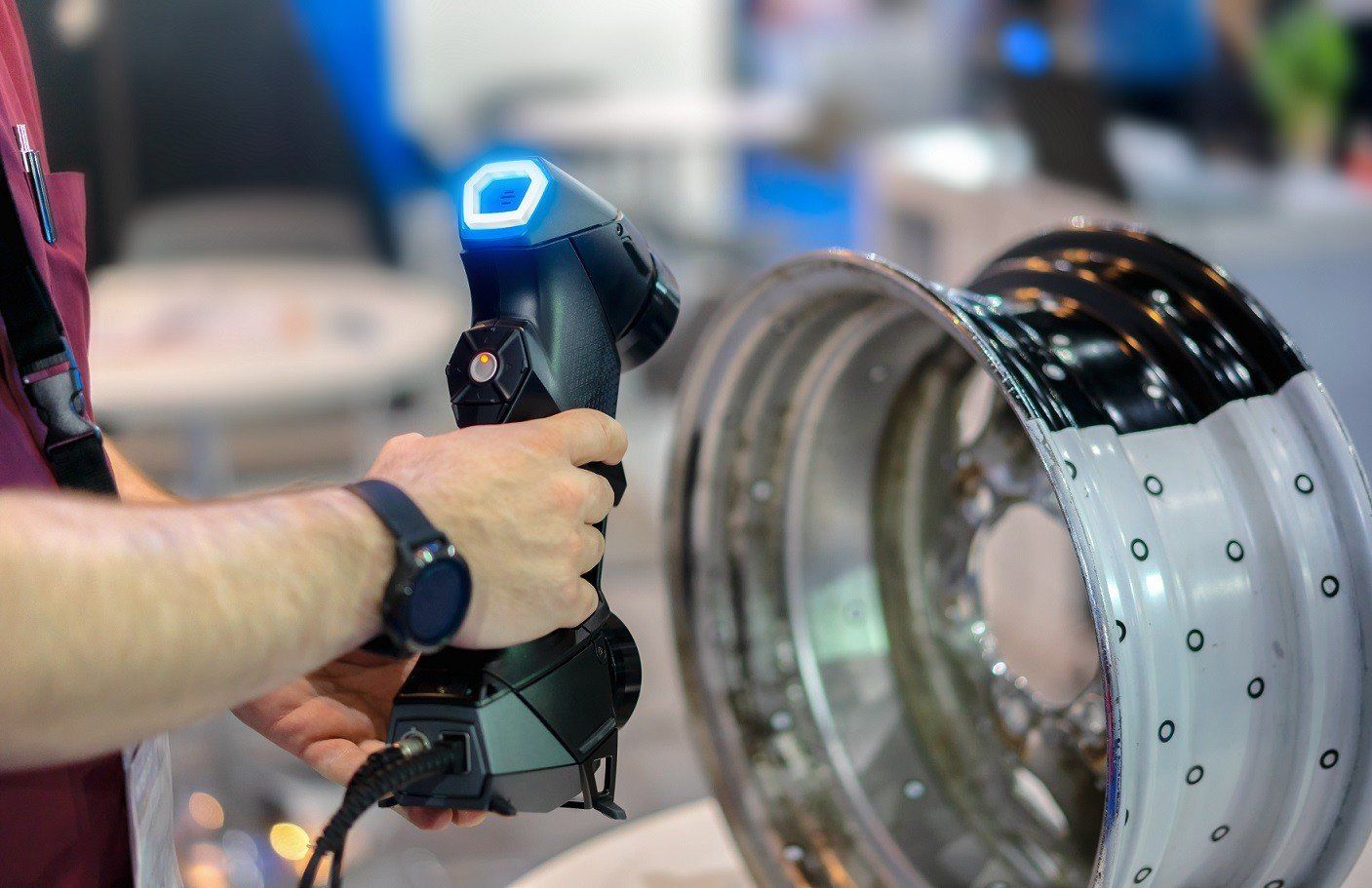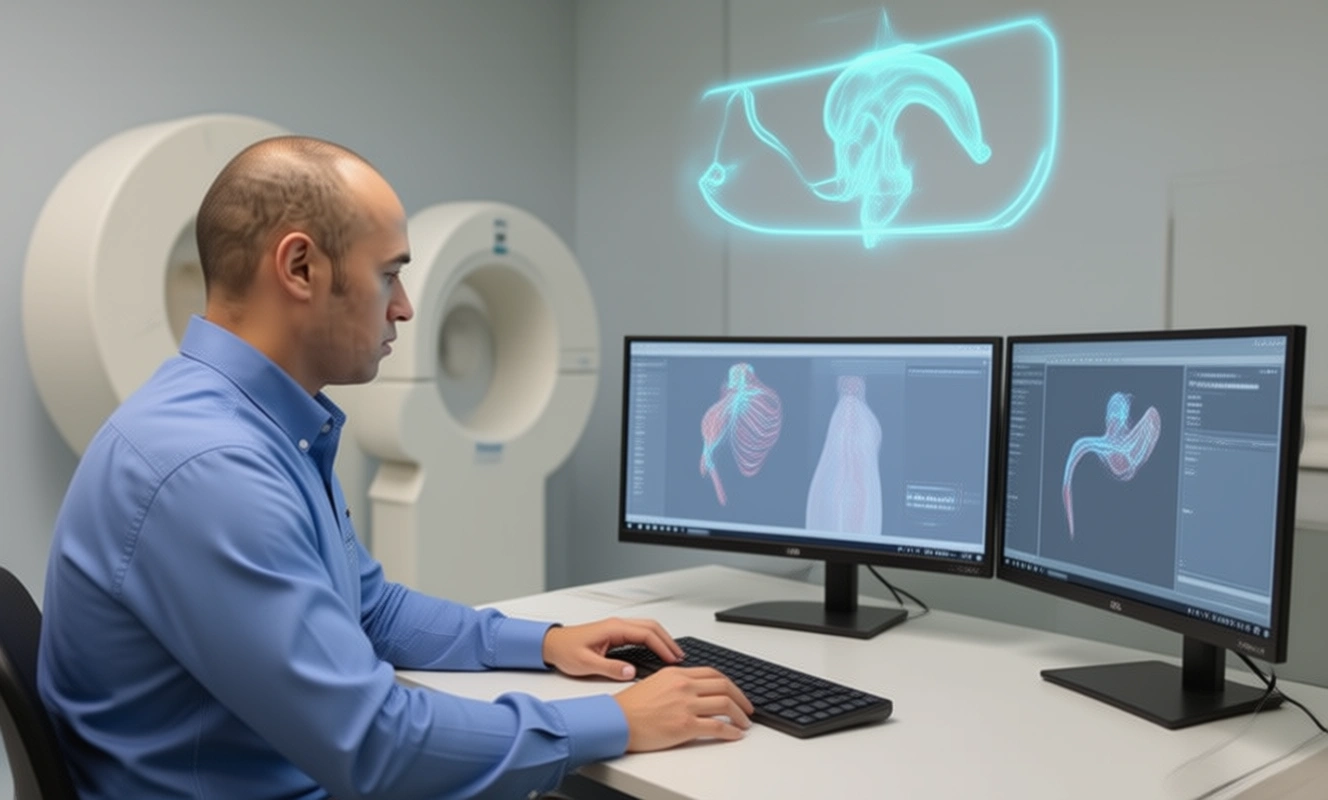Top Techniques for 3D Reverse Engineering Success
Top Techniques for 3D Reverse Engineering Success
3D reverse engineering is revolutionizing how industries approach design, prototyping, and product development. By utilizing advanced 3D scanning technology, engineers and designers can capture precise measurements of existing objects and convert them into digital models. This process not only enhances accuracy but also significantly streamlines workflows.
The Power of 3D Scanning in Reverse Engineering
At the core of effective 3D scan reverse engineering lies the ability to create highly detailed digital replicas of physical items. Here’s how 3D scanning transforms reverse engineering:
- Precision: High-resolution scans provide accurate data, minimizing errors in replication.
- Speed: Scanning an object takes minutes compared to traditional measurement methods, which could take hours or days.
- Versatility: Suitable for a wide range of materials and complex geometries.
Key Techniques for Effective 3D Reverse Engineering
To harness the full potential of 3D scanning for reverse engineering, consider these essential techniques:
Selecting the Right 3D Scanner
The first step in your journey is choosing a suitable reverse engineering 3D scanner. Factors to consider include:
- Scanning Resolution: Higher resolution scanners yield better detail, but may come at a higher cost.
- Portability: Depending on your project needs, a portable scanner might be necessary for on-site work.
- Compatibility: Ensure the scanner works well with your existing software tools.
Utilizing Specialized Software
The right software is crucial after capturing your scans. Many programs can assist in transforming scanned data into usable CAD models. Popular options include:
The Benefits of 3D Scanning for Reverse Engineering Projects
The integration of 3D scanning into reverse engineering projects brings numerous advantages that can significantly impact outcomes:
- Cost-Effective Solutions: Reduces the need for extensive prototyping and rework.
- Easier Modifications: Quickly adapt designs based on real-world feedback or changes in requirements.
- Simplified Documentation: Create comprehensive digital records that are easy to share and store.
Your Next Steps Towards Mastering Reverse Engineering
If you’re asking yourself, “Can a 3D scanner help with reverse engineering?”, the answer is a resounding yes! By investing in quality hardware and software solutions, you can elevate your projects to new heights.
The landscape of manufacturing and design is rapidly evolving, making it essential to stay ahead of the curve. Whether you’re looking to replicate existing products or innovate new designs, mastering these techniques will provide you with a competitive edge.
A Final Thought on Embracing Technology
The future belongs to those who embrace technology. With tools like 3D scanning at your disposal, the possibilities for innovation and improvement are endless. Start exploring how these techniques can enhance your projects today!
How Can We Help You?
Do you have further questions about us or reverse engineering? Contact us anytime! We look forward to your message.
Would you like to learn more about exciting reverse engineering topics? Please visit us on YouTube! There, we regularly provide videos on exciting topics.
Interested in Augmented Reality (AR) solutions? Learn more about our AR services on ar-4u.com.









There are no comments